QuickBooks® Request for Payment Invoicing
The Best Solution for Payment Processing in QuickBooks®
Today Payments is an Authorized Reseller of Intuit offering a highly robust app that supports both QuickBooks’ desktop and online customers, provide merchants with the tools they need so they can focus more time on their customers and businesses, and less time on data entry.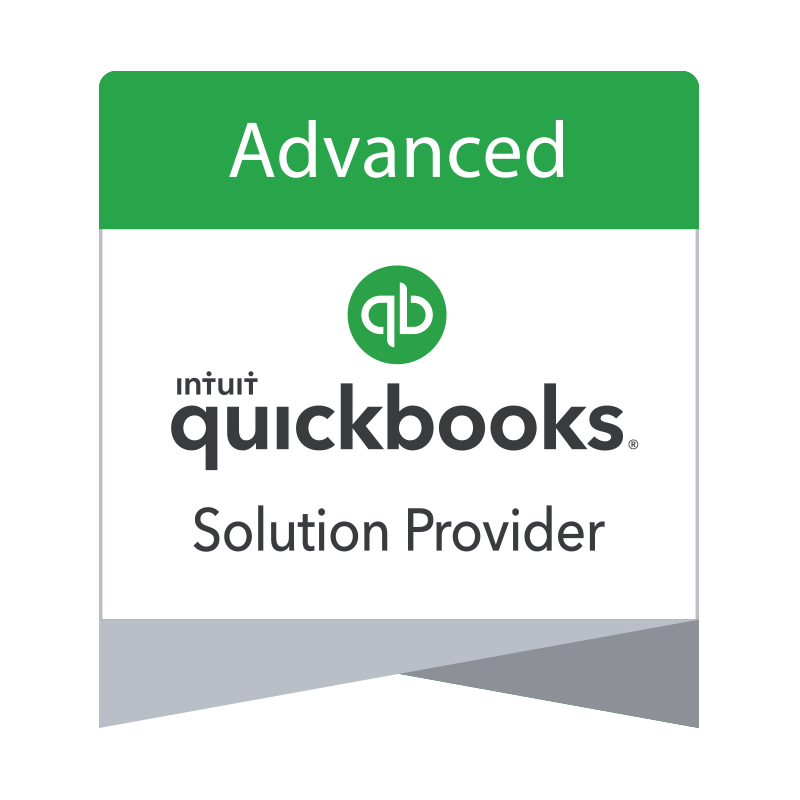 "Our Integrated payment solutions can save a typical small business owner more than 180 hours each year"
"Our Integrated payment solutions can save a typical small business owner more than 180 hours each year"See
the features
QuickBooks® ACH, Cards, FedNow and Real-Time Payments
- Payment processing for all QuickBooks desktop, Pro, Premier, Enterprise and also QBO QuickBooks Online Our software is designed for simplicity and ease-of-use.
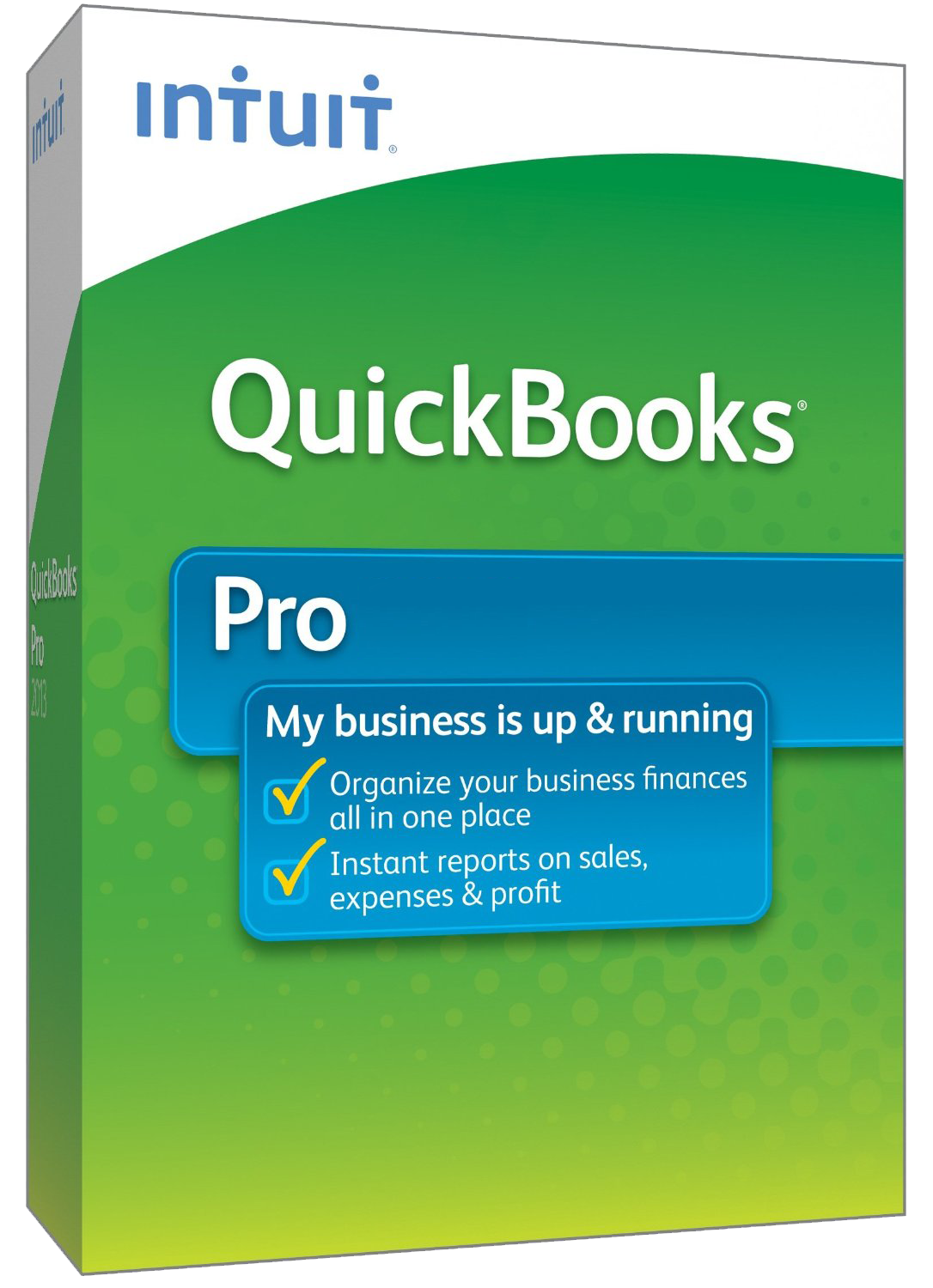
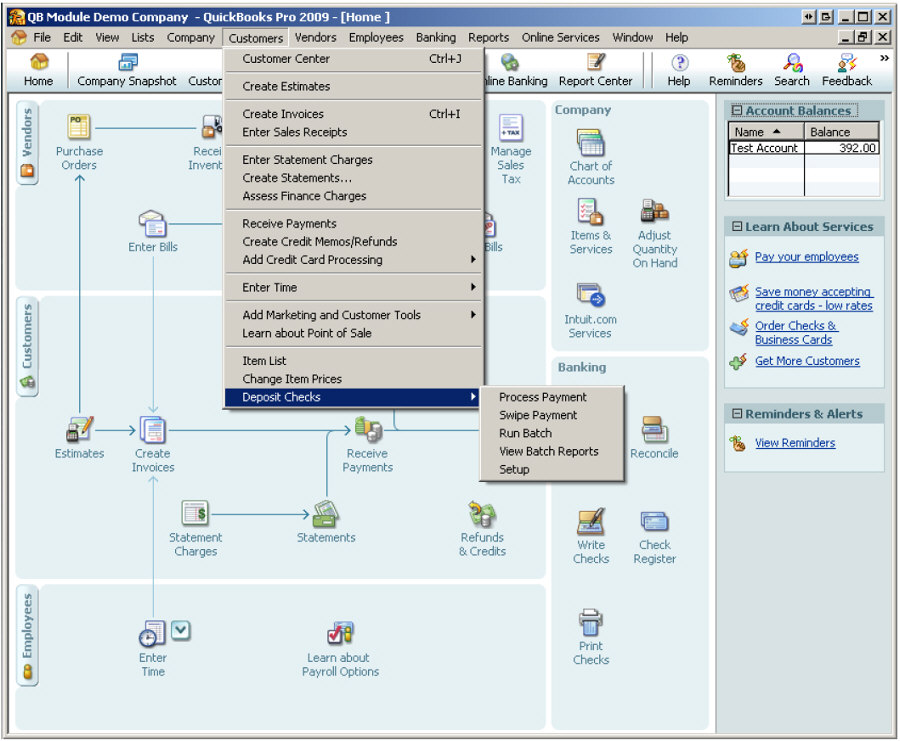
- ~ Automate Account Receivable Collection
- ~ Automate Account Payable Payments
- ~ One-time and Recurring Debits / Credits
Secure QB Plugin payment processing through QuickBooks ® specializes in the origination of moving money electronically.
Ask about our special:
Request for Payments
QuickBooks Online (QBO) is a popular
accounting software that allows businesses to manage their finances,
including invoicing and receiving payments. Here's a general guide on
how to get a customer to pay you using QBO:
1. Create an Invoice:
- Log in to your QuickBooks Online
account.
- Navigate to the "Invoicing" or "Sales"
menu.
- Create and send an invoice to your
customer. Make sure to include all relevant details, such as
products or services provided, quantities, rates, and the total
amount due.
2. Enable Online Payments:
- In your invoice settings, make sure that
online payments are enabled. QuickBooks Online integrates with
various payment processors, such as Intuit Payments, Stripe, or
PayPal. If you haven't set up online payments, follow the on-screen
instructions to do so.
3. Include Payment Options on Invoices:
- Ensure that your invoices clearly
indicate the payment options available to the customer. This may
include credit card payments, bank transfers, or other online
payment methods.
4. Send the Invoice:
- Once the invoice is ready, send it to
your customer. QBO allows you to email invoices directly to your
customers from within the platform.
5. Customer Portal Access:
- QuickBooks Online offers a customer
portal where clients can view and pay their invoices. Make sure your
customer is aware of this feature, and provide them with the
necessary login information if applicable.
6. Payment Reminders:
- QBO allows you to set up automatic
payment reminders. Schedule reminders to be sent to your customers a
few days before or after the due date to encourage timely payments.
7. Monitor Payment Status:
- Regularly check the payment status of
your invoices in QuickBooks Online. You can see if an invoice is
paid, partially paid, or overdue.
8. Send Statements:
- If your customer has outstanding
balances, you can send periodic statements that detail the
outstanding invoices and encourage them to make payments.
9. Offer Discounts or Incentives:
- Consider offering early payment
discounts or other incentives to encourage prompt payment. You can
include these details on your invoices.
10. Follow Up:
- If a payment is overdue, use QBO to send
polite and professional payment reminders. You can customize these
reminders to suit your business tone.
11. Reconcile Payments:
- Once you receive payments, use the
reconciliation feature in QBO to match the received payments with
the corresponding invoices. This helps ensure accurate financial
records.
Remember to customize your invoicing and
payment settings in QuickBooks Online based on your business needs and
preferences. If you encounter any issues or have specific questions
related to your account, you may want to consult the QuickBooks Online
support resources or contact their customer support for assistance.
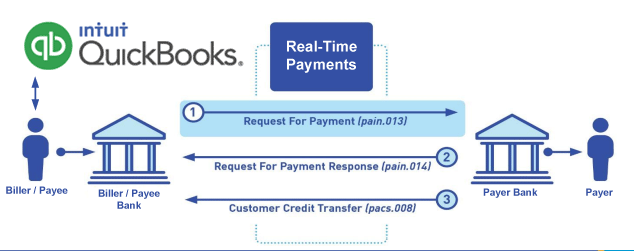
Call us, the .csv and or .xml Request for Payment (RfP) file you need while on your 1st phone call! We guarantee our reports work to your Bank and Credit Union. We were years ahead of competitors recognizing the benefits of RequestForPayment.com. We are not a Bank. Our function as a role as an "Accounting System" in Open Banking with Real-Time Payments to work with Billers to create the Request for Payment to upload the Biller's Bank online platform. U.S. Companies need help to learn the RfP message delivering their bank. Today Payments' ISO 20022 Payment Initiation (PAIN .013) show how to implement Create Real-Time Payments Request for Payment File up front delivering message from the Creditor (Payee) to it's bank. Most banks (FIs) will deliver the message Import and Batch files for their company depositors for both FedNow and Real-Time Payments (RtP). Once uploaded correctly, the Creditor's (Payee's) bank continuing through a "Payment Hub", will be the RtP Hub will be The Clearing House, with messaging to the Debtor's (Payer's) bank.
Our in-house QuickBooks payments experts are standing ready to help you make an informed decision to move your company's payment processing forward.
Pricing with our Request For Payment Professionals
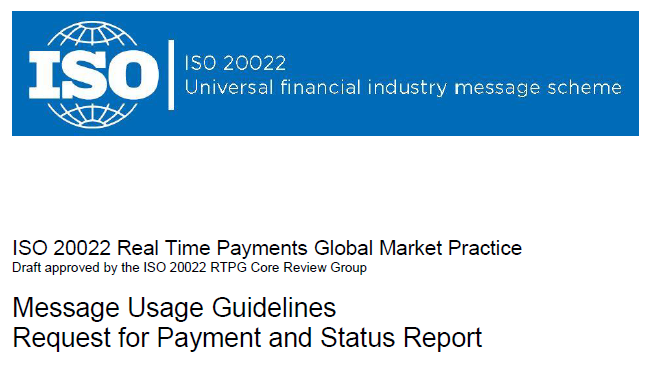
1) Free ISO 20022 Request for Payment File Formats, for FedNow and Real-Time Payments (The Clearing House) .pdf for you manually create "Mandatory" (Mandatory data for completed file) fields, start at page 4, with "yellow" highlighting. $0.0 + No Support
2) We create .csv or .xml formatting using your Bank or Credit Union. Create Multiple Templates. Payer/Customer Routing Transit and Deposit Account Number may be required to import with your bank. You can upload or "key data" into our software for File Creation of "Mandatory" general file.
Fees = $57 monthly, including Support Fees and Batch Fee, Monthly Fee, User Fee, Additional Payment Method on "Hosted Payment Page" (Request for file with an HTML link per transaction to "Hosted Payment Page" with ancillary payment methods of FedNow, RTP, ACH, Cards and many more!) + $.03 per Transaction + 1% percentage on gross dollar file,
3) Payer Routing Transit and Deposit Account Number is NOT required to import with your bank. We add your URI for each separate Payer transaction.
Fees Above 2) plus $29 monthly additional QuickBooks Online "QBO" formatting, and "Hosted Payment Page" and WYSIWYG
4) Above 3) plus Create "Total" (over 600 Mandatory, Conditional & Optional fields of all ISO 20022 Pain .013) Price on quote.
